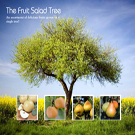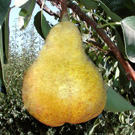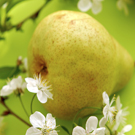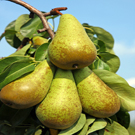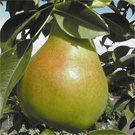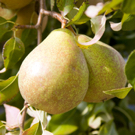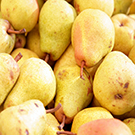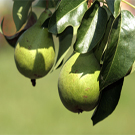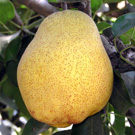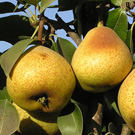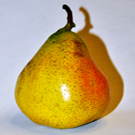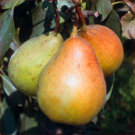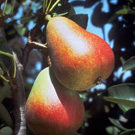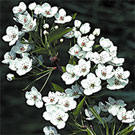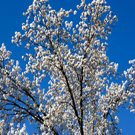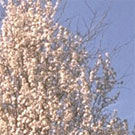Pear Trees for Sale
Pyrus communis, commonly referred to as the common pear, is a true southern staple and every southern orchard must have a pear tree in order to be considered complete. The common fruiting pear trees are in the Rosaceae family, the same family as roses & quince trees. Most fruits from the pear tree are enjoyed fresh, however, they are also used for baking, canning, and drying. Pears are an excellent source of fiber and vitamin C. Pear trees require a moist soil with partial sunlight and are more of an upright growing tree. Willis Orchards can help you find the right fit when you buy fruit trees online.
(Click for more)Standard Select Pear Trees
Southern Select Pear Trees
Flowering Pear Trees
Pears are affected by several different diseases such as scab, black rot, bitter rot, leaf spot, and fire blight but the two most common of these diseases are fire blight & leaf spot. Fire blight usually attacks during bloom but can present itself during the growth stage as well. It typically causes blooms to wither & quickly blacken and moves down the plant from the point of infection causing bark to darken & occasionally leak a sap from the infected area. You can begin spraying for fire blight at bloom and continue throughout the summer. If your tree becomes infected, prune off the affected areas and destroy the limbs you removed. Make your cuts 6-8 inches below the dead tissue and be sure to sterilize your pruning shears after each cut.
(Click for more)